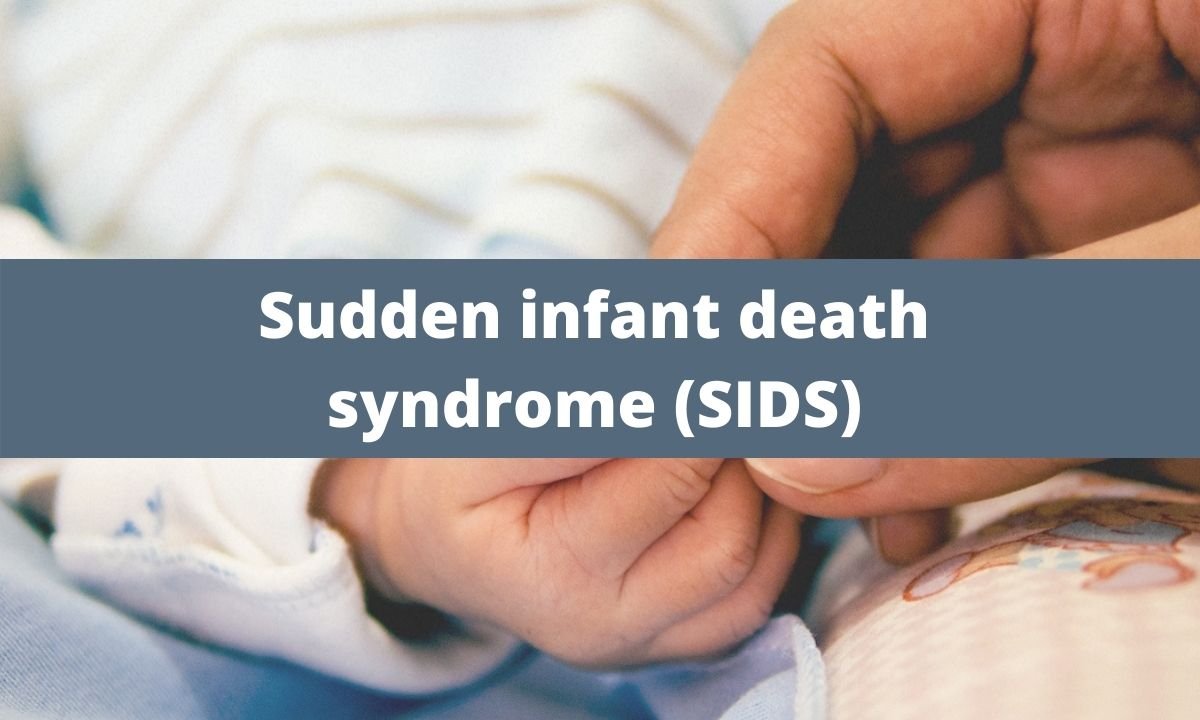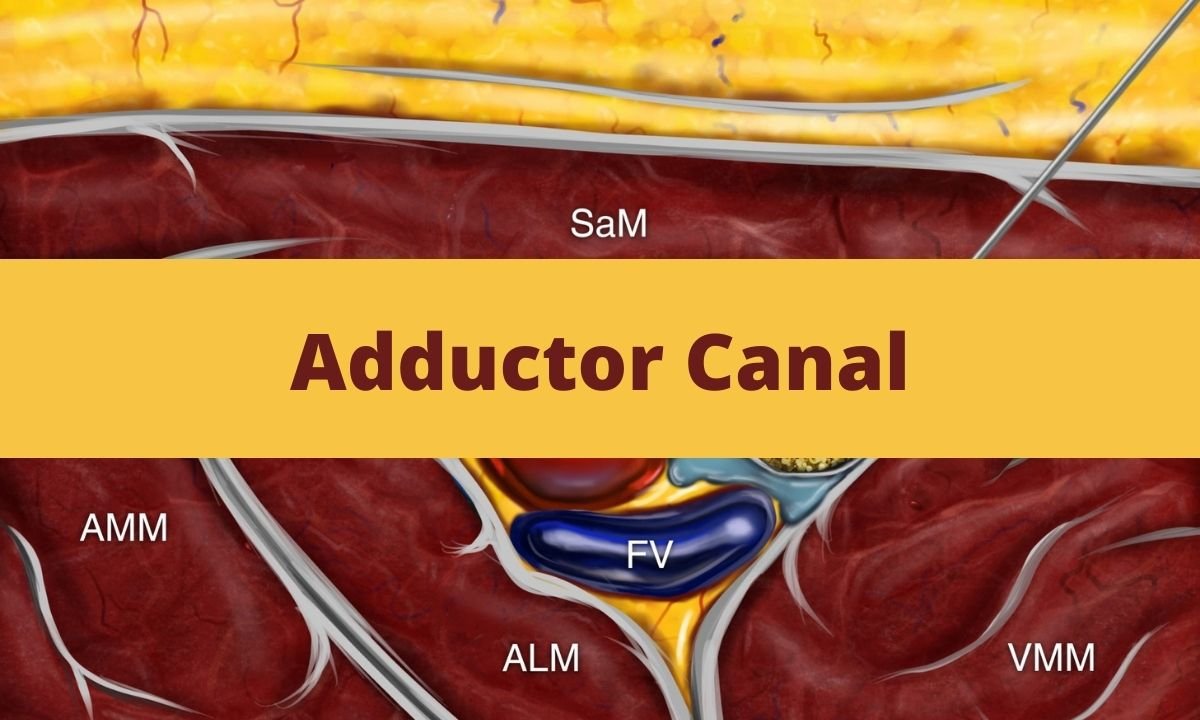What is adrenaline?
Adrenaline, or epinephrine, is a catecholamine secreted by the adrenal medulla and is one of the hormones released during stressful situations. Other catecholamines synthesised in the body are noradrenaline (norepinephrine) and dopamine. Structurally it contains a 3,4-dihydroxybenzene group.
Synthesis
The principal catecholamines of the body are formed by hydroxylation and decarboxylation of the amino acid, tyrosine. Adrenaline is formed by methylation of noradrenaline, which is formed from tyrosine in neurons secreting catecholamines. Enzyme phenylethanolamine-N-methyltransferase (PNMT) catalyses this reaction and is found in the brain and adrenal medulla.
The normal level of free epinephrine in plasma is about 30 pg/mL (0.16 nmol/L).
Release
The adrenal medulla has receptors which when sympathetically stimulated by norepinephrine release epinephrine into the blood stream.
Mechanism of action
Adrenaline acts by stimulating adrenergic receptors. It has non-selective action and hence stimulates all adrenergic receptors:
Alpha-1
Alpha-2
Beta-1
Beta-2
Beta-3
On binding to these receptors they stimulate formation of cyclic AMP which brings about further actions.
Physiologic actions
Epinephrine exerts sympathomimetic effects on the body.
Heart: it has cardiac stimulant actions and causes increase in contractility, heart rate and cardiac output
Blood vessels: it mediates vasoconstriction in the skin, mucous membranes and viscera ( alpha action) but dilatation in the liver and skeletal muscles (beta-2 action) with a net rise in the systolic blood pressure
Respiratory system: adrenaline causes bronchodilation and also inhibits the release of allergic mediators from mast cells
Hyperglycemia
Initiation of lipolysis
Therapeutic uses
Generally this drug is used in emergency situations like the following:
• Anaphylactic shock
• Bronchospasm
• Cardiopulmonary arrest
Besides the above mentioned scenarios adrenaline may also be used, in low concentrations (1:100000 parts), to increase the duration of local anaesthesia.
Use in anaphylactic shock
Anaphylactic shock
Anaphylactic shock is an immediate type of hypersensitivity (type I) reaction. This occurs in response to exposure to an allergen to which the body has been hypersensitised and hence an unwanted, dangerous reaction occurs. Typical symptoms include a rash, nausea, vomiting, difficulty in breathing and shock.
Adrenaline
The best route for administration is the intramuscular route and the best site for injection is the anterolateral aspect of the middle one-third of the thigh. (An IV route is not preferred because it has a greater risk of causing harmful side effects since adrenaline is very potent even in small amounts.)
The usual dose for adults is 0.5 mg IM (i.e. 0.5 mL of 1:1000) adrenaline.
Mechanism of action
Action of adrenaline in anaphylaxis is basically a manifestation of its physiologic actions. It induces vasoconstriction which reduces the erythema of rashes.
Bronchodilating effect relieves dyspnoea.
Perhaps the most important effect of adrenaline here is the inhibition of mast cells which play an active part in anaphylaxis. As a result mediators of allergy, such as histamine, serotonin, are not released and the reaction is controlled.
Other drugs
Apart from adrenaline, nowadays several other drugs have emerged for treating a case of anaphylaxis.
Antihistamines (such as diphenhydramine and hydroxyzine) are one such choice. These act by blocking the H1 receptors of histamine which plays an important role in the reaction. Sometimes a combination of H1 and H2 blockers may also be used. However these have to be continued for 2-3 days after the attack.
Inhaled beta-2 agonists (such as albuterol) may also be used. They act by relaxing the bronchial smooth muscles and thus reducing dyspnoea. These are administered to patients who appear with wheezing.
Glucocorticoids (such as methylprednisolone) prevent inflammation by suppressing the migration of polymorphonuclear leucocytes and fibroblasts, decreasing capillary permeability and stabilising lysosomes at the cellular level.
Lesser used drugs include glucagon and dopamine which help in relieving symptoms. But these are used in adjunct with epinephrine and not alone. Dopamine may be used alone but requires high doses.






why adrenaline used With LA increase action of duration
Adrenaline reduces the speed of absorption of LA in blood..